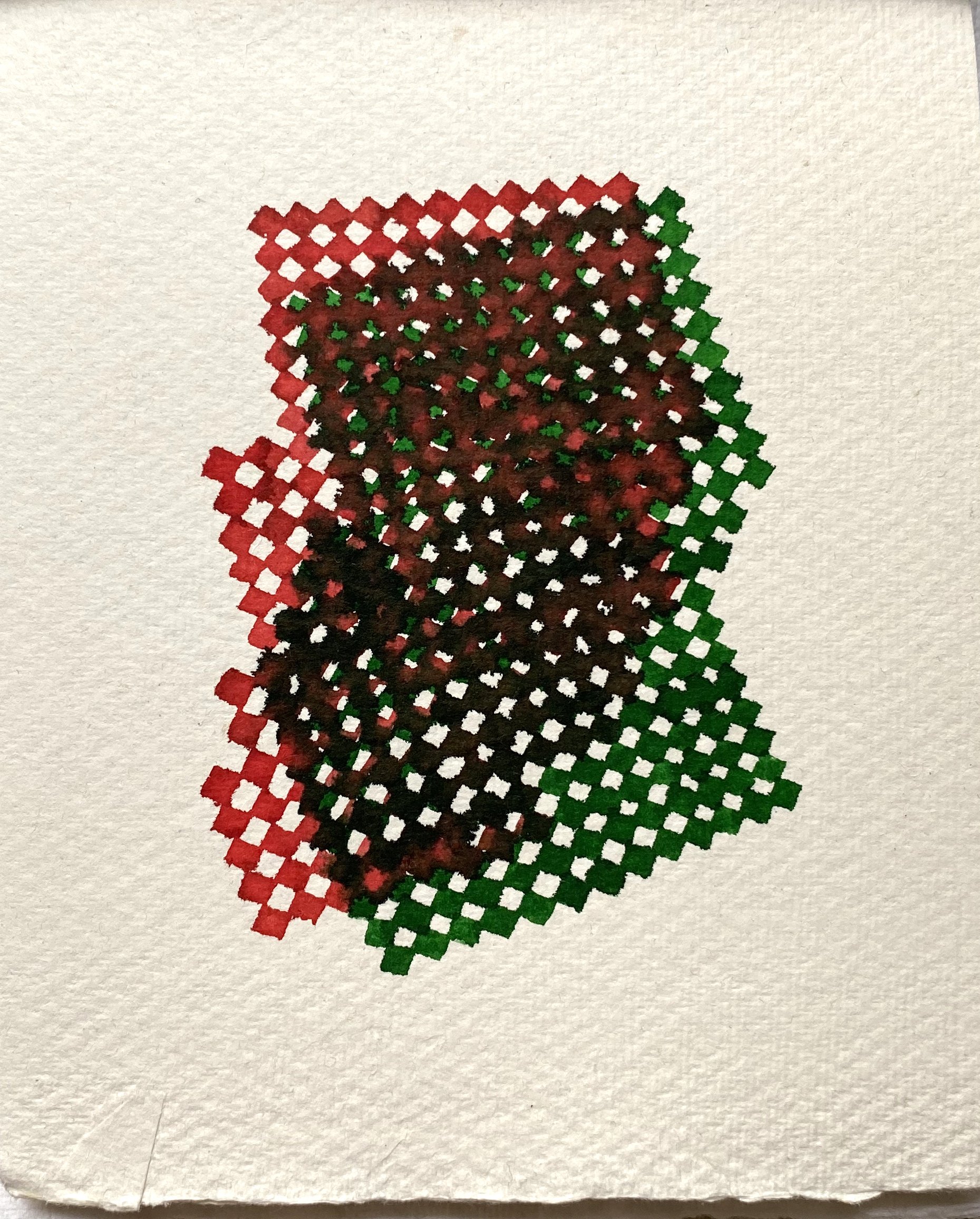Portfolio - January 2023
Fired clay, pressed on sand and shells.
2022 - Faal: records of future encounters
Shells are washed ashore because they’re dead. Their structure is a record of environmental change, but we don’t read shells, we collect them because they’re beautiful. Reading shells or 'faal' is an old fortune-telling practice. You throw a number of shells on the ground and their random arrangements should reflect human connections and future relations. The fortune-teller of today is perhaps an environmentalist, or Shell; the oil company. 'Sadaf' is a word in the Arabic language that means both a shell, and a coincidence. Marcel Proust has explained in his 1913 novel "In Search of Lost Time" that:
“The past is hidden somewhere outside the realm, beyond the reach of intellect, in some material object (in the sensation which that material object will give us) of which we have no inkling. And it depends on chance whether or not we come upon this object before we ourselves must die.”
If we multiply the realm of intellect, the ‘past’ in Proust's understanding of objects can alternatively be replaced with ‘future.’ At a moment by that shore, these shells will be gathered in random assemblages. I imagined that If I preserve that moment, I will produce a hybrid object; a shifter between realities. If I preserve that moment, I will acquire some clairvoyance.
The collection was on view at Object Salon Exhibition in Kuwait, December 2022.
2022 - ‘Tuhlub’
A collaboration with writer Lulwa Alkandari. Providing visual explorations for an experimental writing project about a seaweed in search for roots. The project raises both environmental and cultural questions.
Funded by the Arab Fund for Art and Culture.
2022 - Speculative Horizons
The series depicts immediate connections between people and land. It explores landscapes of rest and labor, and questions notions of fertility and waste. The photographs were taken using Leica X Vario between the years 2015 and 2016 at the beaches of Shuwaikh, Sulaibikhat and Doha, and at the towns of Ahmadi and Jahra.
Each of these places suffer from critical environmental and urban problems, yet they continue to attract people either for leisure or for work. Perhaps the vulnerability of these lands makes them subject to human curiosities. The series has a time of its own and can represent a form of hyperreality, telling short stories of fleeting moments at the forefront of actual yet conceptual landscapes. Living in a place of low horizons makes me wonder if it is similar to language, subtly affecting our consciousness and the way we think and believe.
The series will be on view at CAP Kuwait in February 2023 as part of Speculative Horizons exhibition and conference.
2020 - Palm trees around the house.
Weaves of palm tree fronds collected from my parents’ house during the pandemic. Stories of material and familial change were written on the leaves.
Ink on paper using wooden Arabic calligraphy pen.
2020 - Writing in RGB
These miniature drawings followed a dream. I dreamt that the volume of words is measured in colour.
Ink on paper.
2020 - Accordion book, bookmaking.
After the blueprints series I wanted to experiment more with improvised writing. I try not to think ahead and write what I have in mind instantaneously following the flow of the pen.
Watercolour on burnished paper.
2021 - Studies of the local flora
Leucanthemum, watercolour on burnished paper following the miniature paintings method.
Watercolour on paper.
2021 - Flowers in a vase
I began these studies when I started a new family, and it allowed me to contemplate larger notions of migration and settlement.
2019 - A study of the local flora, painted tiles.
Following a workshop at the Victoria and Albert Museum, I became interested in floral patterns on objects of trade. I was also exploring patterned surfaces such as tiles, textiles and walls.
2017 - Two bodies together, watercolour on paper.
Reflecting on bodily interactions was my transition from drawing portraits.
Ink, watercolor and pastel on paper.
2016 - Blueprints, a series of portraits and letters.
My father taught me how to read Arabic manuscripts. His work involves studying and inspecting the scribes’ errors when they copied books. This made me think of scribes as producers of error. I collected and scribed these letters from my diaries and imagined human readers and writers in between.
A solo exhibition at the Museum of Modern Art, Kuwait.
Ink on paper.
2009 - Masafa, ink on paper.
‘Masafa’ is an Arabic word that literally means distance. The Arabic word is originated from a travelers’ olfactory method that helps them find their way in the desert. This travelogue was written in the car during a family trip around the Arabian Peninsula.
Part of ‘Madad: monitoring movement’, a solo exhibition at the Free Atelier, Kuwait.
2009 - Temiyah, analogue photography.
‘Temiyah’ is the name of a mountain in the central area of the Arabian Peninsula. A myth says that it was a woman who longed for a mountain named ‘Sanam’, but he left her and moved to the north.
Part of ‘Madad: monitoring movement’, a solo exhibition at the Free Atelier, Kuwait.
2009 - Intertidal observations, analogue photography.
Salty water interacts with the white limestone cliffs at the shoreline and leaves dark imprints of the sea level. An early series of photographs exploring the low horizons of the desert and the sea.
2009 - Urban encounters, Olympus Pen-EE 24mm
A photographic series of transitory modes of living. Studying illegal settlements of stateless communities, governmentally reclaimed properties and forced settlements.














